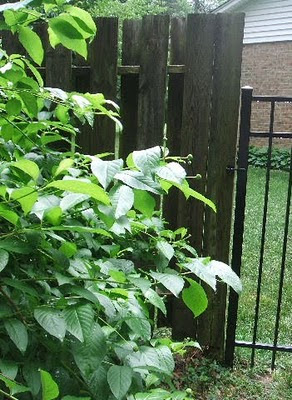Les Jardin des Plantes

By the time I visited Les Jardin des Plantes, my vacation in Paris was more than half over. I woke up that morning with a sore throat and fever, signaling the onset of a cold. The garden was less than 2 miles away, so I decided to walk, but when I arrived I was already tired.
Les Jardin des Plantes is the primary botanical garden in France. But it is more than a garden. As part of the national museum of natural history, the garden's grounds contain 4 museums (evolution, minerology, paleontology and entomology), which are located in lovely ancient buildings around the perimeter. The garden also contains a small zoo, and greenhouses with plant collections from Mexico and Australia.
Arriving at the gate, the focus is a formal garden, not unlike the Tuileries and Luxembourg gardens. This symmetrical design centers on the Grande Galerie de l'evolution. Long straight paths of crushed stone cross wide expanses of lawn. There were clipped shrubs and statuary, but not as many as in the other formal gardens. Here the focus was on the plants.

The center part of the garden is devoted to flower beds, organized by plant family. When I visited, workmen were installing new spring plants, which were labeled with common and Latin names. Other beds were full of cool weather flowers from earlier in the season, such as these orange, yellow and white poppies.

In early spring, the most beautiful spot is the iris garden, twelve square beds of spring flowers surrounded by lawn. In one area of the iris garden, the edges of the beds are boxed in by tiny hedges. This looked silly to me and it was at this point that I took a dislike to formal gardens, particularly the desire to contain nature into tidy spaces.
In the photo above, the paleontology museum overlooks the iris garden. Even from the side, this building is beautiful and foliage is not allowed to obstruct its view, which is often the case in Paris.

In addition to blue, purple and yellow irises, other spring flowers were in bloom, including this blue clematis, heavy with flowers.

Next to the iris garden is a rose garden, planted around the minerology museum. There were several massive shrub roses in bloom,
but my favorites were the climbing roses on green metal trellises. These had not yet begun to bloom, but they looked lovely trained on their structures.
To encourage the public to go green, one corner of the garden featured plants and information on creating a butterfly garden.
Yet only five small patches of earth were devoted to the butterfly demonstration garden, too little space to attract many butterflies. In the photo below, the entire butterfly garden is the few low plantings in the foreground.

An interesting part of the garden was the potager, surrounded by a metal fence. A potager is a kitchen garden arranged with style, where plants are chosen for their edible and ornamental qualities.

The potager contained low beds arranged symmetrically. The round orange cottage in the potager was absolutely charming.

By the time I finished looking at the formal gardens, I was tired. I would have liked to visit the Alpine garden and the zoo, but I decided to return to the hotel and lie down.
I did not have an opportunity to return to this garden that week. I will go back to Paris one day and give this important garden the attention it deserves.





























